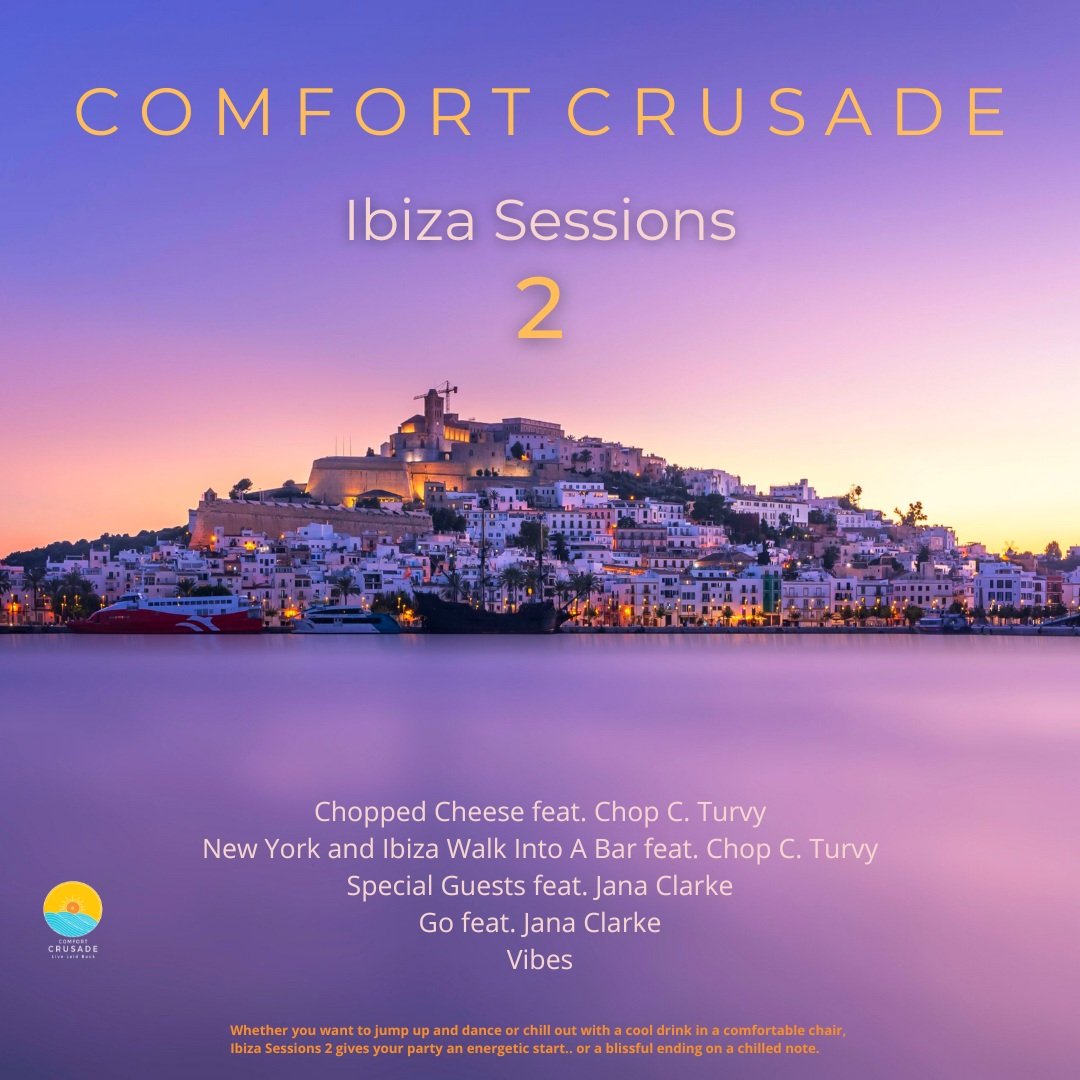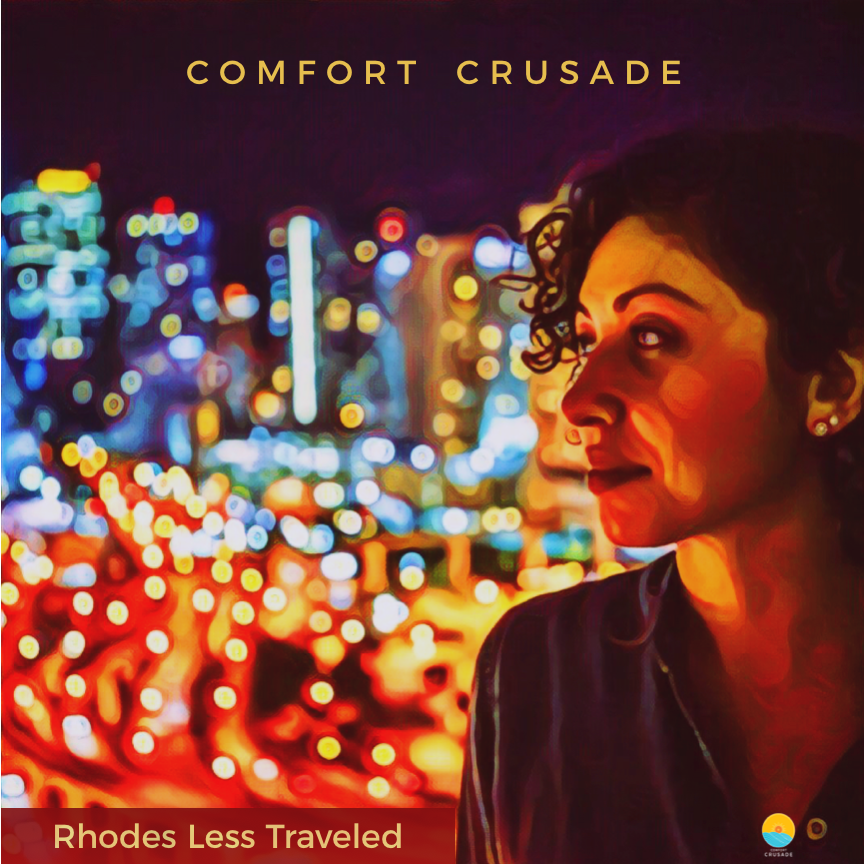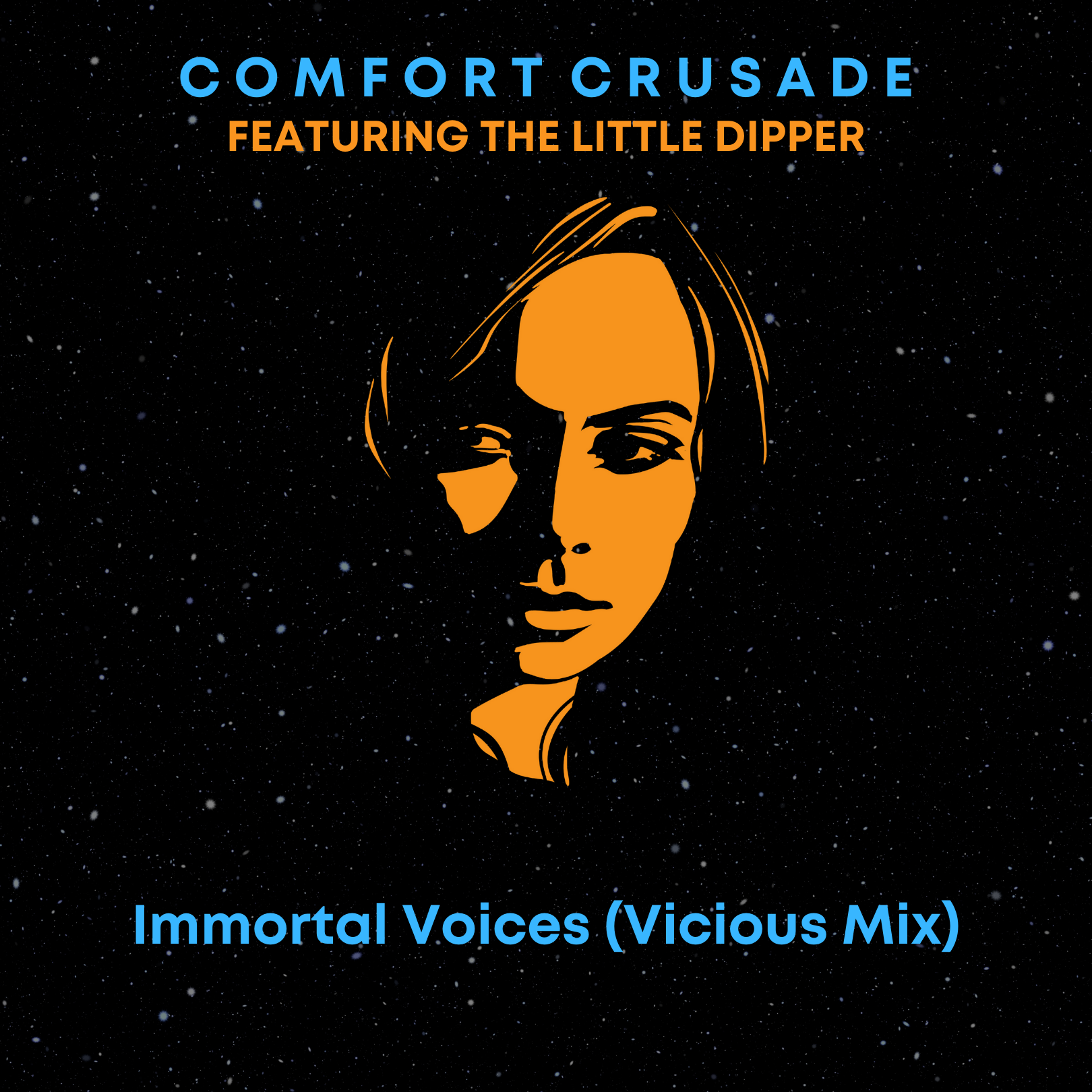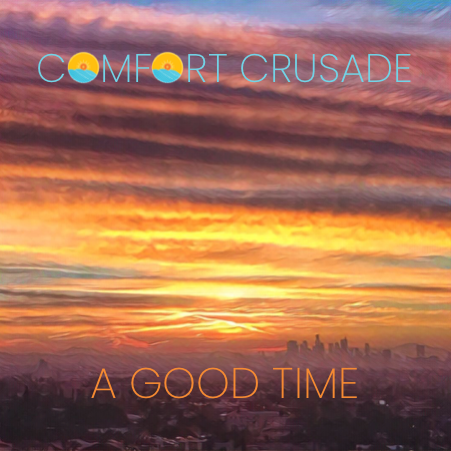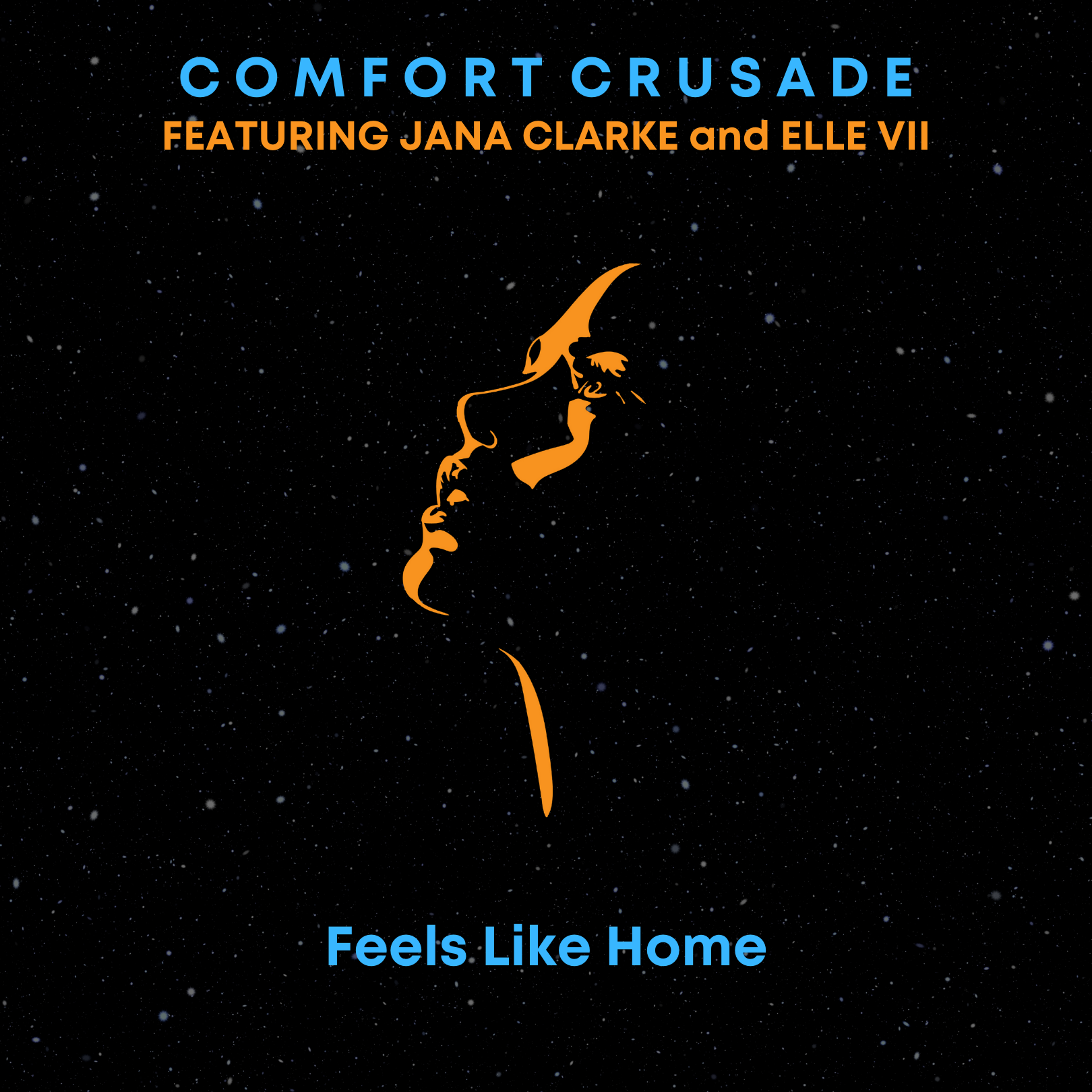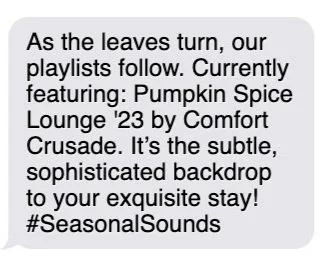how Sync Licensing helps brands
what is sync licensing
Sync licensing is short for synchronization licensing. It’s the process of obtaining permission to use a piece of music in a video project, such as an advertisement, TV show, movie, or online content.
It involves a legal agreement between the music rights holders (usually the musician or the music label) and the brand or company wishing to use the music.
Once an agreement is in place; this allows the brand to use the music within their visual media project.
Why use sync licensing
Music is a powerful storytelling tool. The right track can elevate your video project, conveying the perfect mood, emotion, or atmosphere, enhancing your message, and connecting with your audience on a deeper level. Sync licensing lets you legally incorporate high-quality music into your projects, ensuring your brand's story is heard and felt exactly as you envision it.
Carmine Street Media has a library of music available for use in campaigns, shows, or movies.
Music: ‘Powered by Ramen’ from forthcoming EP “TOCA” - Comfort Crusade
Music Licensing Made Simple
The music sync licensing industry is plagued by fragmented searches, manual data handling, and complex rights management that wastes up to 60% of administrative time. SyncLodge's award-winning technology integrations with performing rights organizations transform this "incredibly messy and time-consuming" process into streamlined workflows that guide users from discovery to deal completion.
These partnerships create comprehensive licensing ecosystems featuring automated metadata integration, direct composer-to-licensee connections through PRO registries, and intelligent search results that prioritize member catalogs. By eliminating tedious copy-pasting, automating cue sheet generation, and providing clear rights ownership mapping, these integrations unlock blocked revenue streams while positioning PROs as leaders in sync licensing innovation.
The result: unified platforms where content creators can easily find perfect music, rights holders get proper compensation, and everyone benefits from reduced administrative overhead and increased monetization opportunities across established and emerging markets.
music library samples
LATEST Album release
Original Music Library SELECTIONS
download Examples of available tracks by comfort crusade for sync licensing
• original Tracks are available for music SYNC licensing for agencies, movie houses, or television studios .
specializing in laid-back, electronic music
FLEXIBLE agreements available: exclusive or non-exclusive
music supervisors
Tracks available for licensing
Please Sign In with Your Bridge Audio Account TO Access the Library Below
Music curation for luxury venues and events
Carmine Street Media is featured at several boutique hotels around the world through daily and seasonal selections of individual tracks and continuous music mixes by Comfort Crusade.
mondrian los angeles
The One HOtel - Miami Beach
sweet rehab - New York
Sound Meets Story
Great visuals grab attention, but the right music creates connection. We match brands with tracks that make audiences feel first, then connect.
6 steps for telling your brand’s story with music
Step 1: Define Your Project's Musical Needs
Start by considering the mood, tone, and style of music that best fits your video project. Think about the emotions you want to evoke in your audience and the narrative theme of your content.
Step 2: Find the Right Music
Explore music libraries like Carmine Street Media or work with music licensing companies that specialize in offering a wide range of tracks specifically for sync licensing. These platforms often provide search tools to filter music by genre, mood, tempo, and more, making it easier to find the perfect soundtrack for your project.
Step 3: Understand licensing terms
Sync licenses come with specific terms and conditions, including the duration of use, geographical limitations, and the type of media the music can be used in. Ensure you fully understand these terms to avoid any legal issues or restrictions down the line.
Step 4: secure the license
Once you've selected a track, you'll need to negotiate and purchase a sync license. The cost can vary based on various factors, such as the prominence of the song, the size of your audience, and the scope of your project. Ensure all agreements are in writing, and keep a copy of the license for your records.
Step 5: place the music into your project
With the license secured, you can legally incorporate the music into your video. Work with your production team to ensure the music aligns with your visual content, enhancing your narrative and engaging your audience.
Step 6: share your story
With everything in place, it's time to share your project with the world. Whether it's an advertisement, a movie scene, or social media content, your story, enhanced by the perfect music, is ready to make an impact.
Sync licensing is a crucial step in the creative process, ensuring that your brand can legally use the music that best fits your video projects.
By following these steps, you can effectively tell your products' and services' stories, engage your audience, and set your brand apart.
music Sync Licensing in Action
sync licensing in ads, TV, movies, or online media
Music scoring
Music scoring is the act of creating original music specifically composed to synchronize with and enhance the different themes for characters, situations, or emotions.
Often called “scene music”, music scores are dynamic and change to fit the pacing, mood, and tone of the visual content as it evolves.
Carmine Street Media provides examples of its own original music scores created for the dramedy series Math Warriors.
Single background Tracks
Using a single background track is a simpler and more straightforward use of music with a visual project.
This involves selecting a track from a music library or licensing a specific song that fits the general vibe you're aiming for without the need for customization.
Brands and agencies use this approach most often in TV advertisements. Carmine Street Media’s Comfort Crusade music library is a source for projects seeking a single track to evoke a mood.






